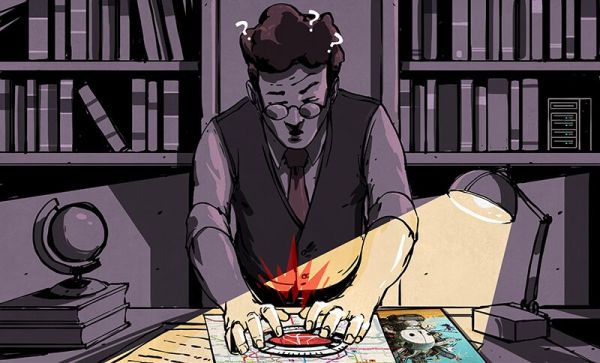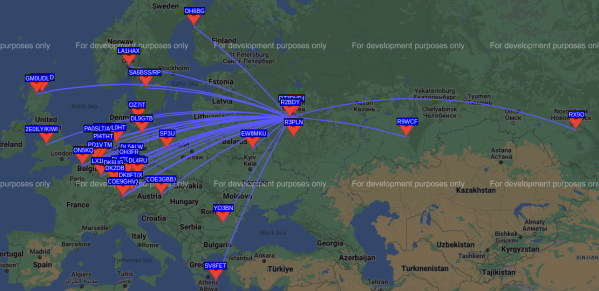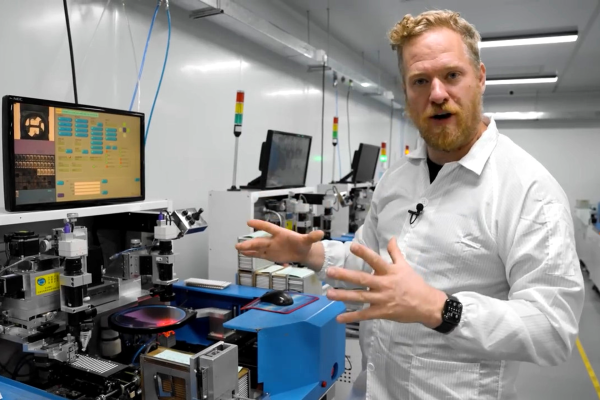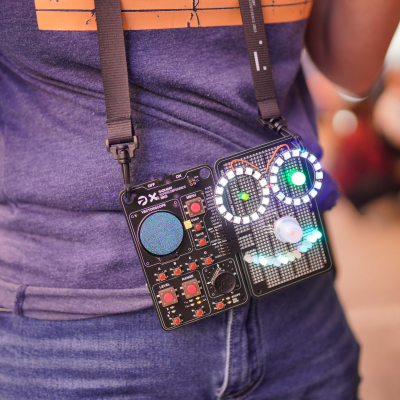Opening up this week’s podcast, I told Kristina about my saga repairing our German toilet valve. I’m American, and although I’ve lived here over a decade, it’s still surprising how things can be subtly different from how they worked back home.
But what was amazing about this device was that it had a provision for fine adjustment, and to some extent relied on this adjustment to function. Short version: a lever mechanism provides mechanical advantage to push a stopper against the end of a pipe to block the water flow, and getting the throw of this mechanism properly adjusted so that the floater put maximum pressure against the pipe required fine-tuning with a screw. But it also required understanding the entire mechanism to adjust it.
Which makes me wonder how many plumbers out there actually take the time to get that right. Are there explicit instructions in the manual? Does every German plumber learn this in school? I was entirely happy to have found the adjustment screw after I spent 15 minutes trying to understand the mechanism, because it did just the trick. But is this everyone’s experience?
I often think about this when writing code, or making projects that other people are likely to use. Who is the audience? Is it people who are willing to take the time to understand the system? Then you can offer them a screw to turn, and they’ll appreciate it. But if it’s an audience that just doesn’t want to be bothered, the extra complexity is just as likely to cause confusion and frustration.


















